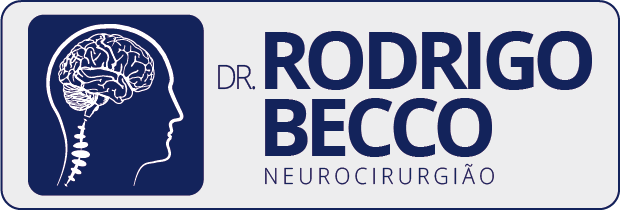Traumatic brain injury by a firearm projectile: a 16 years experience of the neurosurgery service of Santa Casa de São Paulo
Traumatismo cranioencefálico por projétil de arma de fogo: experiência de 16 anos do serviço de neurocirurgia da Santa Casa de São Paulo
* Rodrigo Becco de Souza 1; Alexandre Bossi Todeschini 1; José Carlos Esteves Veiga, TCBC-SP2; Nelson Saade 3; Guilherme Brasileiro de Aguiar 3
Abstratc
Objective: To evaluate the epidemiology and prognostic factors associated with traumatic brain injury by a firearm projectile (FAP). Methods: We reviewed the medical records of 181 patients in the Department of Neurosurgery of Santa Casa de São Paulo (São Paulo Holy House) diagnosed with traumatic brain injury (TBI) resulting from FAP from January 1991 to December 2005.
Were evaluated: age, sex, Glasgow Coma Scale (GCS) on admission, brain region affected by the FAP, type of injury (penetrating or tangential), type of treatment and outcome, based on GCS. The relationship between therapeutic strategy and outcome was analyzed using the Chi-square test with Yates correction. The Fisher test was used to verify the same correlation individually for each group stratified by GCS on admission. Results: Of the181 patients, 85% were male (n = 154) and 15% female (n = 27). Mean age was 31.04 years (± 10.98). The mostly affected brain region was the frontal lobe (27.6%), followed by temporal (24.86%) and occipital (16.57%) ones. Of the TBIs evaluated, 16% were tangential and 84%, penetrating. Conclusion: Patients undergoing surgical treatment had better outcome than those submitted to conservative treatment, and patients who were more severe at admission (GCS 3-8) have better results with the neurosurgical procedure.
Keywords: Wounds and injuries. Firearms. Wounds, gunshot. Craniocerebral trauma. Brain injuries.
Introduction
Traumatic Brain Injuries (TBI) caused by firearm projectiles (FAP) have a major socioeconomic impact, representing
a worldwide epidemic1. They mainly affect the population of adolescents and young adults, who are economically active1. Besides the high cost with direct patient care, there is also the potential loss of years of productive life 2.
Several factors have been associated with worse prognosis, such as neurological level, hemodynamic and respiratory status at hospital admission, injuries resulting from suicide attempt, type of projectile, pupil size and reactivity, as well as the CT findings3. In this study we evaluated epidemiological and prognostic factors in a series of 181 patients sustaining FAP wounds to the head, admitted to our hospital over a period of 16 years.
Dr. Rodrigo Becco
Médico neurocirurgião graduado pela Universidade de São Paulo (USP), em 2007. Residente em Neurocirurgia pela Santa Casa de São Paulo, em 2014. Mestre pelo Instituto de Assistência Médica do Servidor Público Estadual, em 2015. Membro da Sociedade Brasileira de Neurocirurgia desde 2014.

